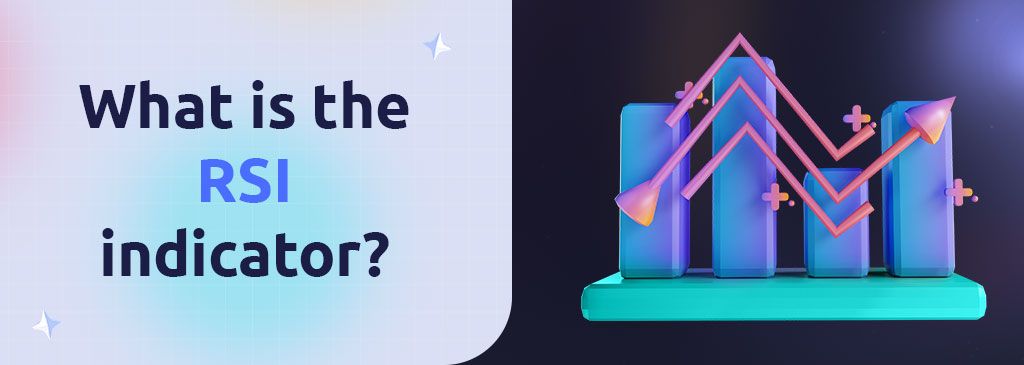
The relative strength index is a momentum indicator that measures the speed and magnitude of an asset's price changes. Using this can tell you if the asset is undervalued (buy now) or overvalued (sell now). It can also tell us if the asset is about to reverse or get a price correction.

The index is a scale of zero to 100. Generally, a mark of 70 or higher indicates high buying activity. If it's under 30, then likely the asset is oversold. Watching for the moment an asset crosses one of these lines can be a signal to traders to open or close their positions. Use the RSI to confirm trading ranges rather than trends.
What is "strength"?
"Strength" in this case refers to the gain or loss in a comparison of trading periods. Buyers look for the RSI indicator to drop below 30, indicating prices are lower than they should be, and thus a good time to buy. Sellers, on the other hand, look for the index to rise above 70, which means the market is supporting prices higher than normal and thus it is a good time to sell.
Ranges and long-term trends
Within a bear or bull market trend, RSI indices can fall into a range, where they frequently hit the 30 or 70 lines, depending on whether the market is in a downtrend or uptrend. From this, traders can determine the strength of the trend and pick out potential reversals by comparing a sequence of periods. RSI signals are most useful when correlated with a long-term trend. However, signals are rarely reliable predictors and can more often be false alarms. Momentum indicators such as RSI can show a trend for a long time, even when there is momentum in either direction. An oscillating market, where prices are alternating relatively rapidly, is the best condition for using the RSI indicator.
